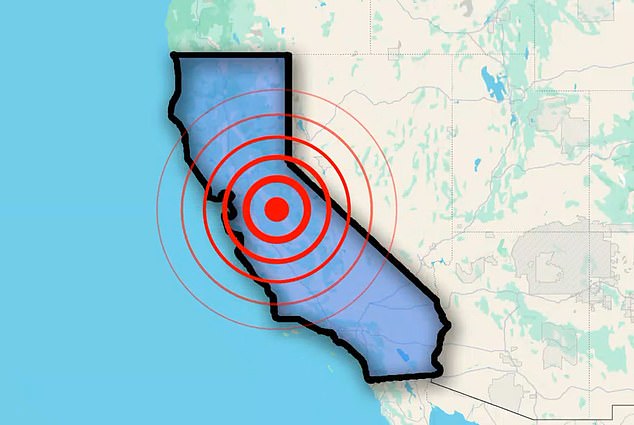
California Rocked by Back-to-Back Earthquakes in 12-Hour Span
California Shaken by Four Earthquakes in 12 Hours, Sparking ‘Big One’ Fears
California experienced four earthquakes within a 12-hour span, raising concerns about the notorious San Andreas Fault’s potential for a catastrophic rupture. The tremors began with a magnitude 3.5 quake near Little Lake at 9 p.m. ET on April 10, 2025, followed by a 2.8 magnitude event near Petrolia and a 2.7 magnitude tremor northwest of San Diego. While no injuries or damage were reported, the activity revived anxieties about the long-overdue "Big One"—a magnitude 8+ earthquake predicted to impact 39 million people.

The seismic swarm began with a 3.5 magnitude quake near Little Lake (pictured).
What Do These Quakes Mean?
Most recent tremors fell below magnitude 3.5, which Michigan Tech University notes are rarely felt and cause minimal damage. However, the San Andreas Fault—the 800-mile boundary between the Pacific and North American tectonic plates—remains a major concern. Historic quakes on this fault include the 1857 Fort Tejon earthquake (magnitude 7.9), which uprooted trees and destroyed buildings, and the devastating 1906 San Francisco earthquake (also 7.9), which killed 3,000 people. Experts warn the fault, quiet since 1906, is statistically overdue for another major rupture.
The "Big One" Threat
The Great California Shakeout emphasizes preparedness, projecting that a magnitude 8+ quake could devastate infrastructure, trigger fires, and disrupt water supplies. While California has recorded over 11,000 quakes in 2025 alone, most are minor. Yet tectonic stress continues to build; as plates grind against each other, friction eventually gives way, releasing energy as earthquakes.

Damage from past quakes, like those in 1857 and 1906, underscores the risks of larger tremors (archive photo).
Why Earthquakes Happen
Quakes result from tectonic plates shifting atop Earth’s mantle. When stress overcomes friction between plates, they slip abruptly, generating seismic waves. California’s location along the San Andreas Fault makes it particularly vulnerable. Scientists debate whether foreshocks precede massive quakes, but consensus urges readiness.
While recent tremors caused no harm, they serve as reminders of the West Coast’s precarious geology. Residents are advised to secure heavy furniture, maintain emergency kits, and stay informed via alerts. As the USGS monitors activity, the question isn’t if the Big One will strike—but when.
Stacy Liberatore for DailyMail.com • Updated: 16:33 BST, 10 April 2025


